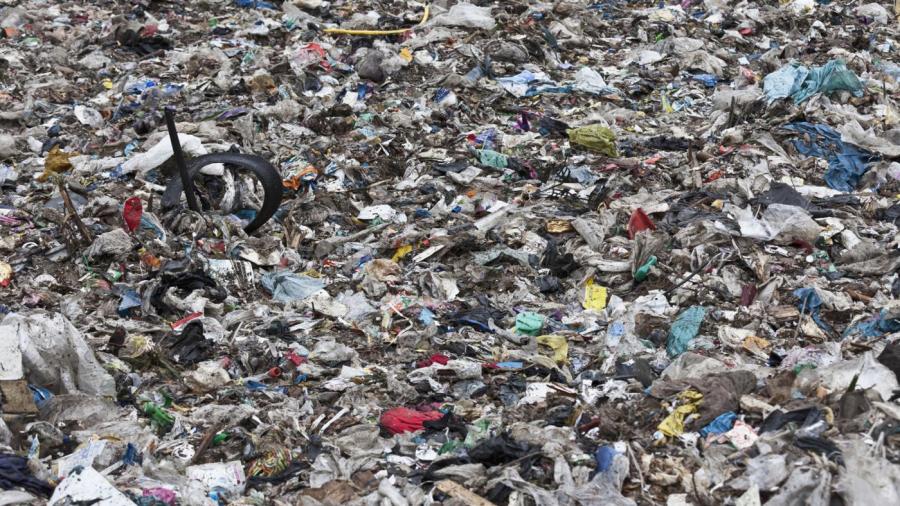Why Are Landfills Bad?

Landfills cause various problems, such as the contamination of the soil and water with toxins, the accumulation of electronic waste, the formation of leachate and the release of greenhouse gases. Landfills allow the accumulation of excessive waste pieces that are hazardous to people and the environment.
Plenty of waste thrown into landfills consist of toxic substances that penetrate the soil and pollute groundwater. Some of the dangerous materials that end up in landfills include mercury, arsenic, cadmium, lead and PVC. When people inhale mercury, for example, the toxic substance can harm their kidneys and lead to respiratory problems or death at high doses.
Electronic waste, also called “e-waste,” also contributes to environmental degradation. It includes anything that operates using a battery or power point that no longer works. Electronics contain chemicals, such as lead and cadmium, that can harm people’s health.
When waste disintegrates in landfills and water passes through the waste, the resulting liquid is called “leachate.” This is an extremely hazardous liquid that can contaminate the ground and bodies of water. Organic waste and green waste often get compressed and covered by landfills. When this occurs, oxygen is removed and broken down in an anaerobic process that generates the greenhouse gas methane. Methane contributes to global warming and climate change. Recycling is one of the proposed solutions to control the negative problems caused by landfills.





